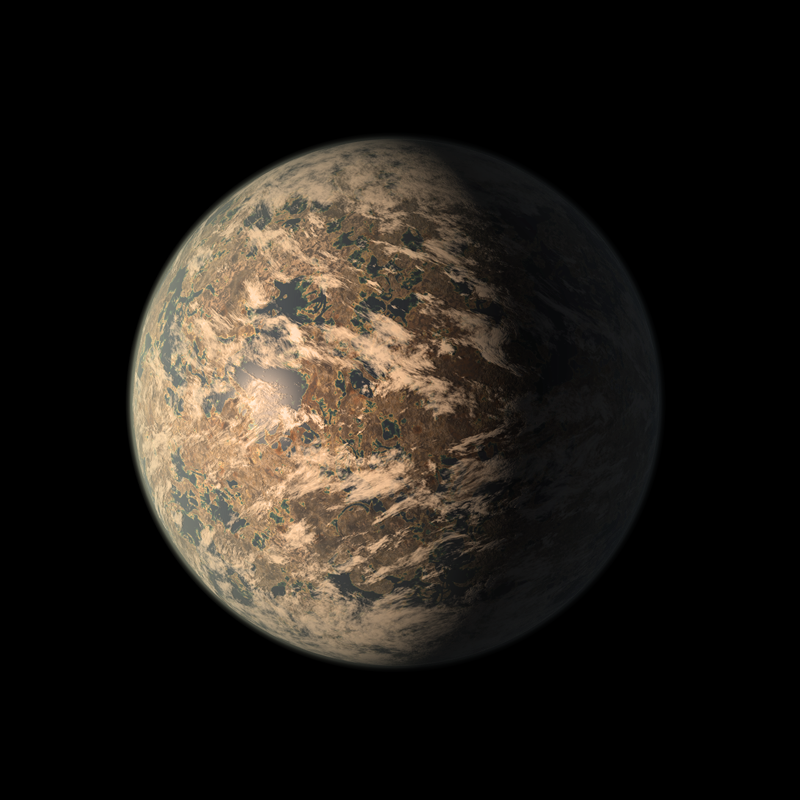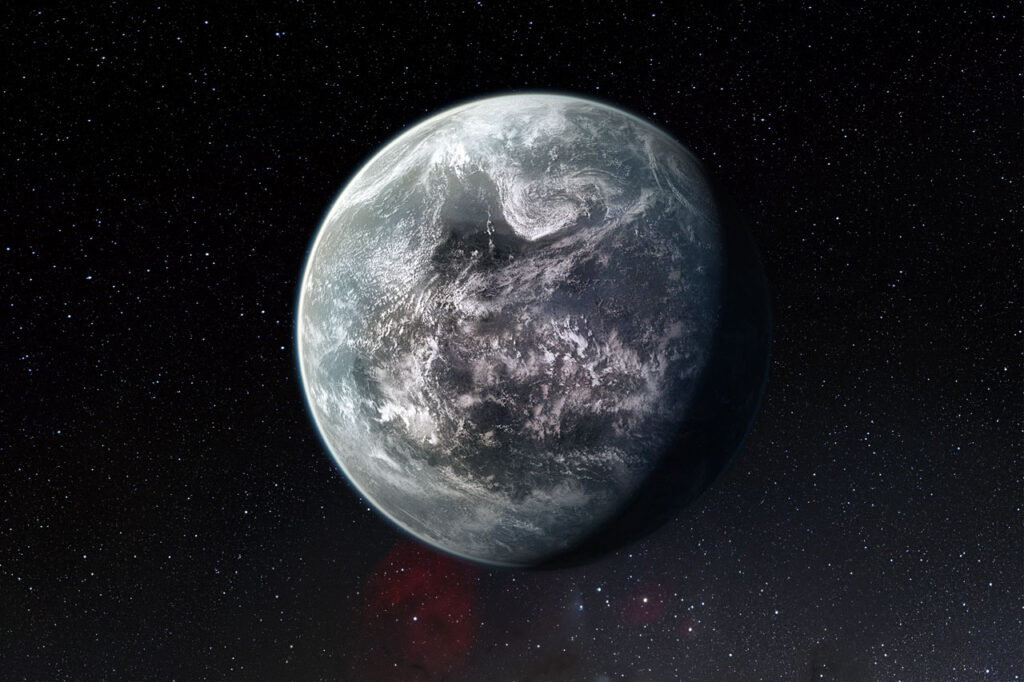Habitable Planet: Have you ever looked up at the night sky and wondered if there are other Habitable Plnet like our Earths out there? Well, astronomers are asking the same question, and they’re constantly searching for planets that could support life beyond our own solar system. These potential homes for alien life are called exoplanets, and our Milky Way galaxy is likely teeming with them!
The idea of visiting these far-off worlds remains in the realm of science fiction, scientists have detected thousands of exoplanets using innovative methods. Today, we’ll take a closer look at 10 of the most promising habitable planets in the ongoing quest for habitable planets:

1. Proxima Centauri b: The Feisty Neighbor: This habitable planet holds the title of closest known exoplanet to Earth, a mere 4.2 light-years away! It circles a faint red dwarf star, meaning it likely receives less heat than our planet. However, there’s a catch: Proxima Centauri b might be tidally locked, with one side perpetually facing its star. This creates a dramatic temperature difference, with scorching hot days on one side and perpetually frigid nights on the other.
2.TRAPPIST-1e: A Cozy Huddle in the Cold: Imagine a system with 7 planets crammed close to a cool red dwarf star! That’s the unique setup of TRAPPIST-1. TRAPPIST-1e, one of the habitable planet in this system, is roughly Earth-sized and resides within the habitable zone, the sweet spot where temperatures could allow liquid water to exist on the surface. This hints at the possibility of a watery world, but the constant barrage of radiation from its close proximity to the star might make it a tough place for life as we know it.

3.Kepler-186f: A Simmering Twin in the Goldilocks Zone: This habitable planet orbits a star remarkably similar to our sun and sits comfortably within its habitable zone. It could be slightly larger and heavier than Earth, but its location and potential rocky composition make it a strong contender for having a surface and perhaps even liquid water. Kepler-186f is definitely a world worth keeping a close eye on!
4.Kepler-452b: A Super-Earth in the Sun’s Cousin’s Embrace: Another star with a resemblance to our sun plays host to the intriguing Kepler-452b. This habitable planet is about 60% larger than Earth, potentially classifying it as a super-Earth. However, its location in the habitable zone and possible rocky makeup makes it a worthy candidate for further study.

5.Gliese 667Cc: The Enigmatic Giant:
This habitable planet is a bit of a puzzle. It’s several times more massive than Earth and orbits a red dwarf star very closely. While the close orbit might place it within the habitable zone, the intense radiation and potential for tidal locking could make it a harsh environment for life to exist.
6.Kepler-442b: A Steamy Super-Earth Candidate: This exoplanet is another contender in the super-Earth category. It’s likely rocky and might even harbor liquid water. Kepler-442b orbits a star slightly cooler than our sun and resides squarely within the habitable zone. However, the presence of a thick atmosphere could trap too much heat, creating a runaway greenhouse effect that would make it unsuitable for most life forms.

7.Kepler-1649c: A Distant World in the Red Dwarf’s Habitable Zone: This faraway exoplanet orbits a red dwarf star within its habitable zone. It’s likely larger than Earth and could be rocky, but the nature of its atmosphere and the potential for tidal locking make it difficult to say for sure if it could support life.
8.Teegarden’s Star b: A Recently Discovered Close Neighbor: This recently discovered exoplanet is particularly exciting because it’s only about 12.5 light-years away, making it one of our closest potential neighbors. Roughly Earth-sized and residing within the habitable zone of its faint red dwarf star, Teegarden’s Star b sparks our imagination. However, like many red dwarf planets, it might be susceptible to harmful stellar flares that could potentially disrupt any life that might exist.

9.Gliese 581g: An Early Hopeful, Now a Question Mark: This exoplanet was one of the first potentially habitable exoplanets discovered. It was initially thought to be a super-Earth orbiting a red dwarf star within the habitable.
10.Kepler-62f: This planet orbits a star very similar to our sun and sits within its habitable zone. It’s likely larger than Earth but could be rocky and potentially have a surface temperature suitable for liquid water. However, more data is needed to confirm its true nature.

READ ALSO:
KNOW MORE ABOUT
NASA Planet Hunter Finds its 1st Earth-size Habitable-zone World – NASA
